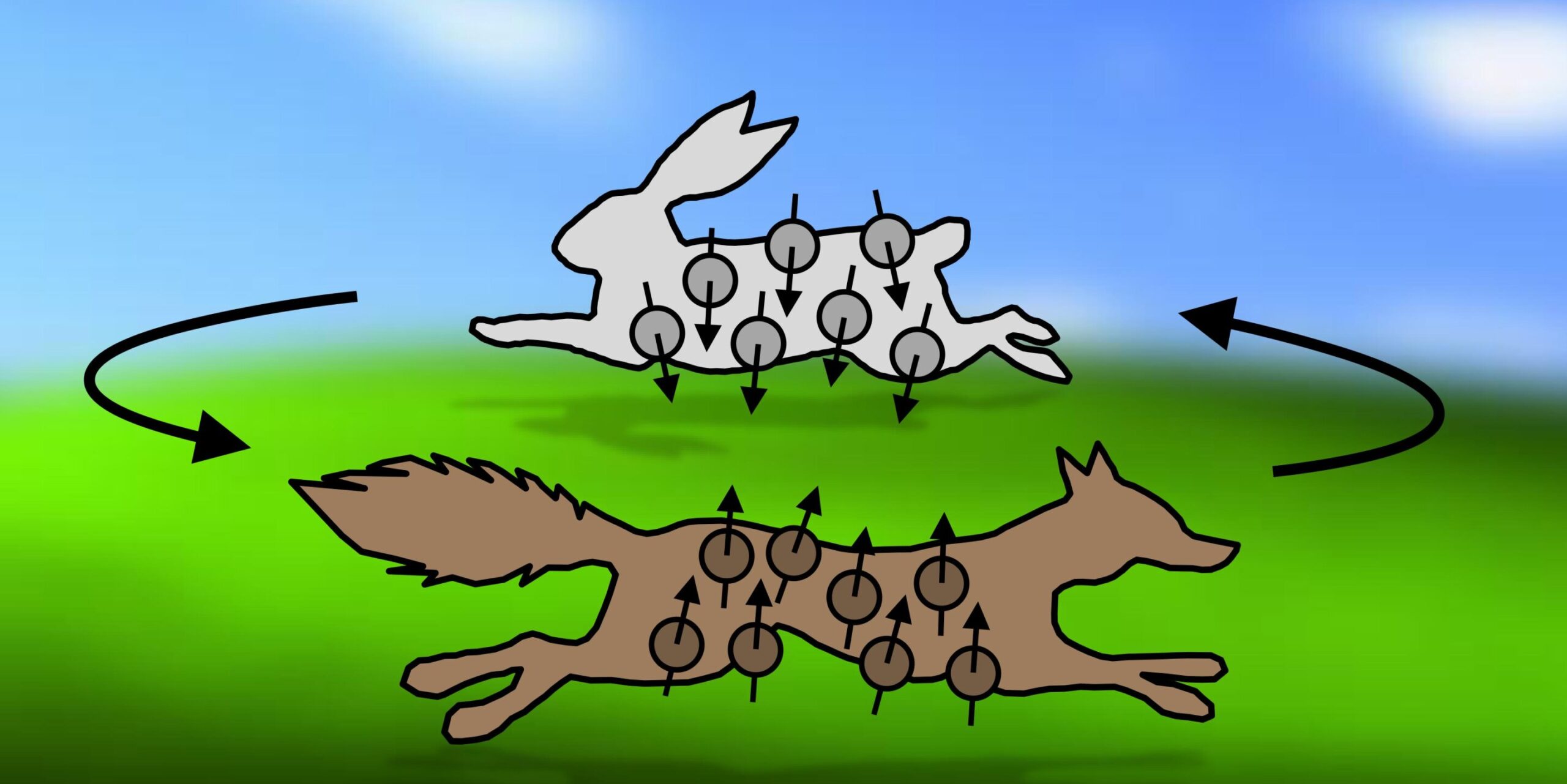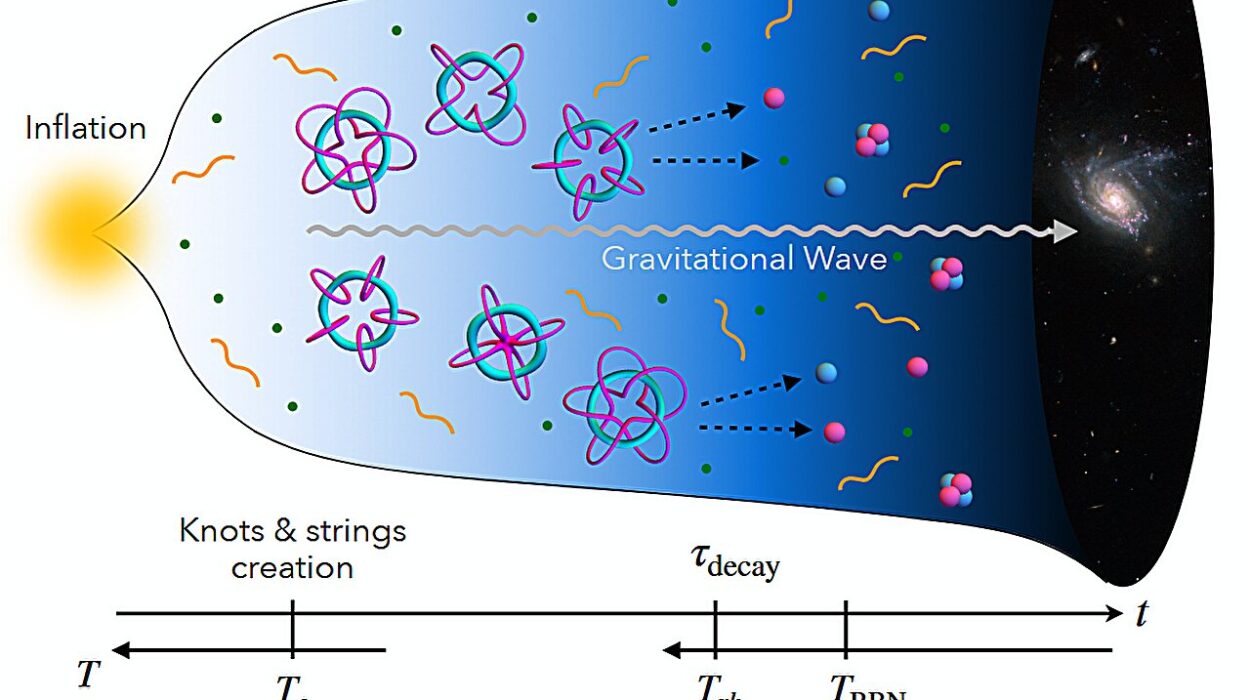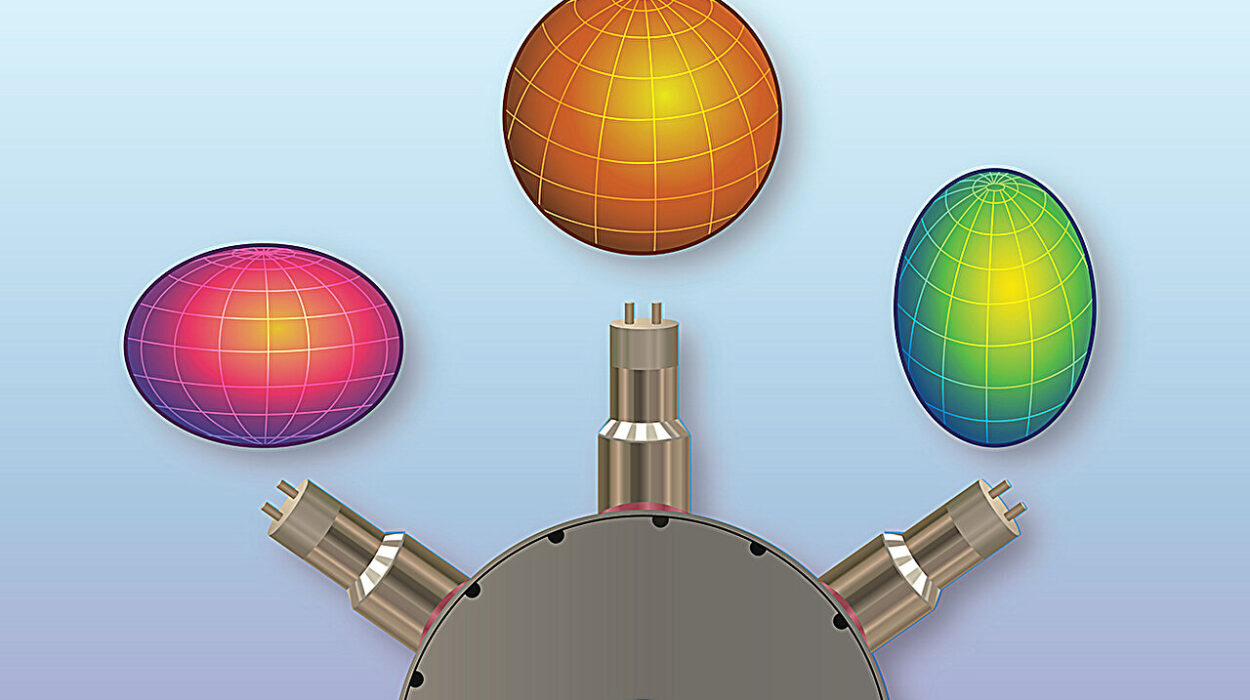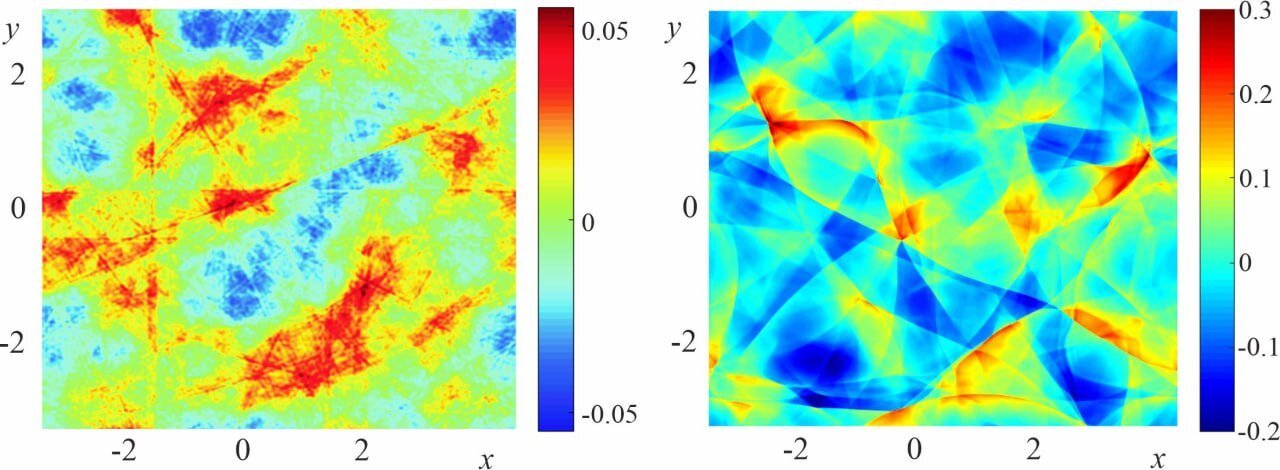In a landmark study published in Nature Physics, a team of researchers from Kyoto University has successfully developed the first controlled method to excite and observe Kelvin waves in superfluid helium-4. This breakthrough promises to provide new insights into energy dissipation and transfer in quantum systems, where traditional methods for studying such phenomena have fallen short.
What Are Kelvin Waves?
Kelvin waves were first described by the British physicist Lord Kelvin in 1880. These waves are helical (spiral-shaped) disturbances that travel along vortex lines—the thin tubes of rotating fluid seen in superfluids and other quantum systems. They are crucial in understanding how energy is dissipated in such systems and play a vital role in phenomena like superfluidity, which occurs at extremely low temperatures.
However, studying Kelvin waves has always been challenging. Their detection and manipulation have largely been confined to theoretical studies, as creating the precise conditions necessary to observe them experimentally has proven difficult. Until now, researchers had only observed these waves accidentally, making controlled study a significant hurdle to overcome.
The Discovery: A Serendipitous Observation
The research team’s discovery came about somewhat unexpectedly. Initially, they applied an electric field to a nanoparticle decorating a quantized vortex in superfluid helium-4, intending to shift the entire vortex structure. Instead, they observed a remarkable, clear wavy motion of the vortex core—a direct manifestation of Kelvin wave excitation.
Associate Professor Yosuke Minowa, the first author of the study from Kyoto University, explained the unexpected nature of the discovery: “We applied an electric field to a nanoparticle decorating a quantized vortex, hoping to translate the entire structure. Instead, we observed a clear wavy motion of the vortex core, namely Kelvin wave excitation. This unexpected result prompted us to shift our focus toward studying the excitation of Kelvin waves in-depth.”
The Role of Superfluids in the Experiment
Superfluids are a unique state of matter that exhibits quantum mechanical properties on a macroscopic scale. These fluids, when cooled to extremely low temperatures (below 2.17 Kelvin for helium-4), can flow without any viscosity—meaning they can move without friction or loss of energy. This extraordinary behavior allows superfluids to exhibit strange phenomena, such as flowing upward against gravity and even escaping containers by climbing up the walls.
The phenomenon of superfluidity in helium-4 arises from a process known as Bose-Einstein condensation (BEC), where a large fraction of the helium atoms enter the same quantum state, effectively behaving as a single quantum entity. Because superfluids have no viscosity, any energy input into the system does not dissipate as heat as it does in normal fluids. Instead, it generates Kelvin waves, a quantum excitation that propagates along the vortex lines, which serve as a way for the energy to transfer without causing friction or thermal loss.
Creating the Ideal Conditions for Kelvin Waves
The key to the success of this experiment was creating the ideal conditions to generate and observe Kelvin waves. In this case, the researchers utilized a superfluid helium-4 system at 1.4 Kelvin. The researchers began by introducing silicon nanoparticles into the superfluid, which was accomplished by placing a silicon wafer in the helium and using a laser to induce nanoparticle formation. This step caused local, dramatic flows in the superfluid, amplifying the vortices present and leading to the trapping of some nanoparticles in the vortex cores.
Once the vortex filaments were visibly marked by the trapped nanoparticles, the researchers applied a time-varying electric field to the system. This electric field created forced oscillations of the nanoparticles, which propagated as helical waves along the vortex lines, exciting the Kelvin waves. The researchers then explored different frequencies of excitation (ranging from 0.8 to 3.0 Hertz) to observe the behavior of the waves.
Visualization and 3D Reconstruction of Kelvin Waves
A critical aspect of this experiment was the ability to visualize and confirm the existence of the Kelvin waves. The team used a dual-camera setup to reconstruct the three-dimensional motion of the waves, employing spline curve fitting techniques to obtain highly accurate data. This 3D imaging allowed the researchers to observe the helical nature of the waves in greater detail than ever before.
Prof. Minowa emphasized the significance of these observations: “By utilizing nanoparticles to decorate quantized vortices, our study introduces a versatile tool for manipulating and observing quantum fluid behavior. This approach could inspire similar techniques in other quantum fluid systems, expanding the toolbox for experimental studies.”
Confirming the Helical Nature of Kelvin Waves
One of the major challenges the researchers faced was proving that the observed phenomena were indeed Kelvin waves. Previous accidental observations of Kelvin waves lacked the clarity needed to definitively confirm their nature. To address this, the team gathered key data points, including dispersion relations, phase velocities, and the three-dimensional dynamics of the waves.
The 3D image reconstruction played a pivotal role in confirming that the waves exhibited a left-handed helical structure, marking the first experimental verification of the handedness of Kelvin waves. The researchers also developed a vortex filament model to simulate the excitation of Kelvin waves. These simulations matched their experimental findings, confirming that the electric field-induced oscillations of the nanoparticles were indeed generating helical waves in the vortex lines.
Implications for Future Research
This groundbreaking method for exciting and observing Kelvin waves opens new avenues for research in quantum fluid dynamics. Prof. Minowa envisions several future directions for this research, particularly regarding the nonlinearity and decay processes of Kelvin waves, as well as further exploration into the mechanical properties and characterization of quantized vortices. The ability to control and visualize Kelvin waves directly could lead to advancements in understanding the energy dissipation and quantum turbulence in superfluids and similar quantum systems.
“We have introduced a new tool to study Kelvin waves in superfluid helium, paving the way for numerous experimental investigations,” concluded Prof. Minowa. “Future research could explore the nonlinearity and decay processes of Kelvin waves, as well as the mechanical properties and characterization of quantized vortices.”
Broader Impact on Quantum Fluid Studies
This discovery has far-reaching implications not just for the study of superfluid helium but for the broader field of quantum fluids. Kelvin waves, although relatively underexplored, are crucial to understanding the behavior of many quantum systems, including those involving superconductors and quantum gases. The ability to control and manipulate these waves in a highly controlled experimental setting could lead to new insights in quantum turbulence, vortex dynamics, and energy transport in quantum systems.
By improving our understanding of these fundamental phenomena, this research could have applications in fields as diverse as quantum computing, astrophysics, and materials science, where the behaviors of quantum fluids play an essential role in shaping system performance and efficiency.
Conclusion
In this pioneering study, the researchers have overcome a significant barrier in the study of quantum fluids by developing a controlled method for exciting and observing Kelvin waves in superfluid helium-4. The novel experimental approach, involving nanoparticles and time-varying electric fields, provides a powerful new tool for exploring the behavior of quantized vortices and quantum turbulence. This breakthrough not only advances our understanding of superfluid dynamics but also opens the door to future studies on energy dissipation, vortex dynamics, and other complex quantum phenomena, further enriching the field of quantum fluid research.
Reference: Yosuke Minowa et al, Direct excitation of Kelvin waves on quantized vortices, Nature Physics (2025). DOI: 10.1038/s41567-024-02720-9. On arXiv: DOI: 10.48550/arxiv.2402.16411






